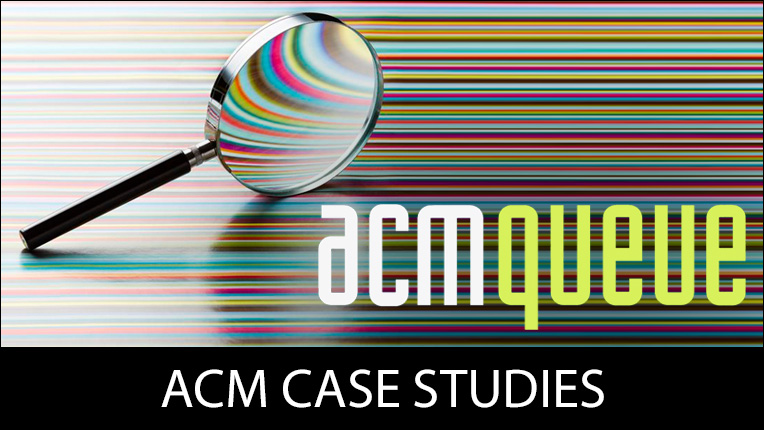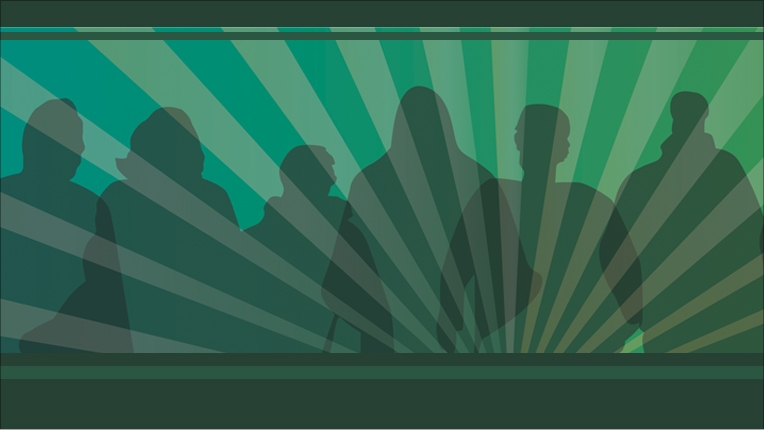ACM SGB Meeting Materials March 7, 2011 - Best Practices Session
Andrew Sears: There is an ongoing effort for volunteer development within the SIGs. Are there specific things you do to make sure that volunteers can take on this type of responsibility?
Ricky Swires: In SIGAda our biggest challenge is that our committee members are getting older. It has been interesting trying to encourage older volunteers to relinquish control and it has been a challenge looking for students to get involved.
Bob Haring-Smith: In SIGUCCS, we are looking for some kind of tracking database to keep track of who has volunteered for what – we are looking for the same type of tracking for awards.
Bruce Hailpern: It has been a challenge to find chairs for non-flagship conferences. We try to groom people for PC role. We have critical members on the boards that do essential things like awards – who do you get to take on those jobs?
Ethan Munson: I’ve tried to create title roles
Sung Shin: Most of our volunteers are not from industry but from academia.
Elisa Bertino: The same is true for SIGSAC
Gang Luo: We are new, we started this year. Most of our volunteers are outside of the US which adds another challenge.
Osmar Zaiane: SIGKDD is okay – we have volunteers in the industry. Our biggest challenge is looking for conference volunteers.
Lance Fortnow: We have a need for volunteers – we have a lot of young volunteers – our challenge has been finding people willing to go to NCF as volunteers.
Patrick Madden: Our approach to this is to give grants to graduate students and later ask them for help.
Joe Konstan: I inherited from SIGCHI a “Google Docs” spreadsheet which tracks volunteer participation - it helps you see who to move up and to not ask to help again.
Barbara Boucher Owen: Program chairs for year X become the conference chair for year Y – we also integrate them in the conference cycle.
Andrew Sears: SIGACCESS has found that the development of students is very helpful. Our volunteer for 2012 was a doctoral mentor from previous years.
Scott Owen: Student Growth – as students move up from team leader to program chair to sub-committee chair, they ultimately move up to EC where we can detect and filter out volunteers who are good at faking it on paper but actually don’t come through.
Yannis Ioannidis: We haven’t had much trouble finding volunteers – SIGMOD is a flagship conference – we fail in that plenty of people fill more that 1 role. We are moving toward having 2 assistant directors which might give us more structure with our helpers.
Dave Pennock: Having an Information Director helps.
Hanan Samet: We are sort of new and have recruited for 1st batch of officers – what set us back is that it is hard to find 2 people per position – finding one is bad enough and then to have an election – also promoting local arrangement chair – local arrangement chair get promoted to General Chair. Many of our candidates are local arrangement chairs – recruiting isn’t easy – it is hard to get people to agree.
James Allan: A lot of what we have done like general calls for volunteer help, never works. Pointed requests work – arm twisting.
Matt Dwyer: Having specific roles helps like Asia liaison – defining roles is a good idea.
Janice Sipior: We have recently begun to target volunteers. We have found that the false volunteers require nagging.
Darrell Whitley: People get excited about moving up in the hierarchy – that helps.
Gerrit Van der Veer: We have many roles – the role of submission head to conference. IS in US is big in Europe is low and other countries is much lower. This is a role to take seriously. A paper writing workshop in Eastern part of the world may generate enthusiasm but may not necessarily be successful.
Klara Nahrstedt: SIGMM developed a rotation since it is important to bring in young people. We develop volunteers at different levels. The new chairs have information on what the earlier chairs did. I always make sure there is representation from every part of the world. On our website we have an associate editor who keeps track of what is going on – they have ownership of the committee.
David Johnson: For program committee volunteers, we look to promote program chairs and so on for office holders.
Florence Appel: We were looking for a newsletter editor and had a hard time finding someone and then ended up rotating and sharing the responsibility. If we anticipate a heavy load, we make plans.
Erik Altman: We have various activities and had a dozen or so people to choose from. The ongoing work of the conference seems to drum up people.
Patrick Madden: Advisory tasks are reserved for those who didn’t get votes. The top 7 vote getters are elected to the board and the runner-ups are the advisors.
Vicki Hanson thanked Barbara Boucher-Owens, Gerrit Van der Veer and Doug Terry for their service to the SGB EC. All are rotating off on July 1, 2011.
ACM Case Studies
Written by leading domain experts for software engineers, ACM Case Studies provide an in-depth look at how software teams overcome specific challenges by implementing new technologies, adopting new practices, or a combination of both. Often through first-hand accounts, these pieces explore what the challenges were, the tools and techniques that were used to combat them, and the solution that was achieved.

Lifelong Learning
ACM offers lifelong learning resources including online books and courses from Skillsoft, TechTalks on the hottest topics in computing and IT, and more.

